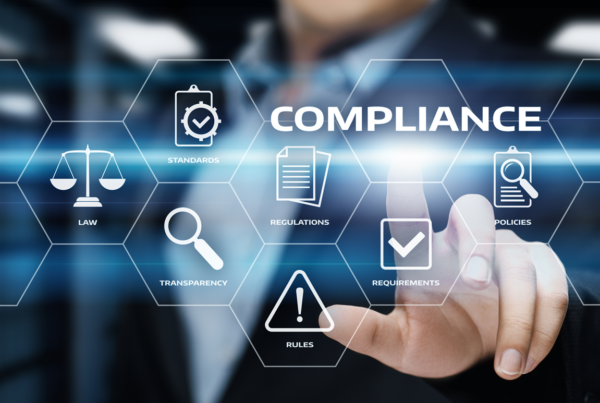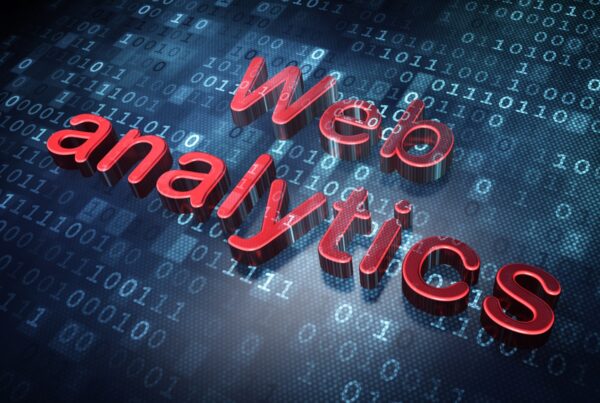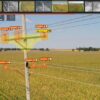
Apply data and analytics to solve these common challenges
No utility has a perfect data and analytics strategy. There are simply too many problems to solve. From cybersecurity to asset inventory to customer experience, utilities are stretched way too thin to apply cutting-edge data science to every business challenge—especially given how quickly these challenges evolve.
Instead, it’s all about prioritization. Utilities must pick and choose which projects to devote their resources to. Often, this comes down to risk. Is your utility most at risk to outages due to vegetation encroachment, or do you have a government commission asking for data?
Whatever your biggest operational risks, the good news is your utility either has the right data or can obtain the right data to overcome these obstacles. The key, of course, is to use this information to make better business decisions.
Below are three common problems that are likely affecting your business operations, and strategies on how to tackle them using data and analytics.
Problem #1: Vegetation Encroachment
One of the most common causes of outages is vegetation-related incidents. From tree canopies that make aerial inspections tricky to dense vegetation on the ground that can impede access, it can be extremely challenging to literally see the forest for the trees.
To make matters worse, many utility managers now have limited funding due to the COVID pandemic, which means less budget available for vegetation management.
The Data Solution
Data and analytics can help detect vegetation issues early on, allowing you to identify the most important areas for maintenance efforts.
Start by using agnostic data collection procedures. If helicopters don’t have good line-of-sight past a tree canopy, send in a ground team. If the ground team can’t inspect the vegetation due to unsafe conditions, use a drone. Applying a range of image-capture-and-analysis solutions—RGB, NDVI, or LiDAR—adds to the speed and accuracy of the vegetation data.
Next comes analysis. With artificial intelligence and machine learning, you can identify the types of foliage by using object detection techniques. Then, by integrating geolocation data such as weather, you can build models that predict the growth rate and direction of growth–informing ground crews where and when to focus their management efforts.
Problem #2: Aging Infrastructure
The average installed transmission base is 40 years old, and more than a quarter of the grid is at least 50 years old. Per a story from Bloomberg (Jan. 2020), the entire U.S. electric infrastructure is “an aging dinosaur that sorely needs an upgrade.”
To give the infrastructure a more quantifiable description, the American Society of Civil Engineers issued a D+ rating in its 2017 Infrastructure Report Card, stating that “an aging electric grid and inadequate water distribution makes utilities unreliable.”
The Data Solution
For a utility to implement an effective modernization program, it needs to know what assets it has, where they’re located and their condition.
The next step is to analyze this asset data to determine what are the best grid modernization actions to take. Analytics allows you to extrapolate trends based on partial information. For example, if images show severe rust on one end of a circuit, analytics can predict how far down the line that damage is likely to exist so you can determine which parts to replace.
Beyond hardening your network, this approach has the added benefit of lowering costs. “Implementing effective asset maintenance and management, driven by current data that you can really trust, can reduce operational expenses by as much as one-third,” says David Groarke, managing director of Indigo Advisory Group. “That’s money utilities can use to make their future grids even better.”
Problem #3: Staying in Compliance
Not only must electric utilities comply with hundreds of environmental regulations, they also must consider the reporting requirements of myriad federal bodies such as the FCC, SEC and FTC.
To stay on top of these regulations, utilities need to collect data not only on the condition of their assets, but also on the measurements—a slow and laborious process. To make matters worse, compliance-related data often exists in the head of veteran employees, which is dubious come compliance time and useless after they leave.
The Data Solution
For utilities with a robust data and analytics capability, compliance reporting becomes automatic, not a bifurcated secondary process. That’s because the data is already centralized and tagged with the right metadata to enhance business operations. So when the data is needed for compliance purposes, it’s readily available.
Good data hygiene also can help with legal matters. For example, having standardized, analyzed data about what a pole looked like at a certain point in time is a defensible record that can help determine whether that pole likely contributed to a fire. On the other hand, checkmarks and handwritten notes on a form (carried on a clipboard) are harder to defend.
The One Problem Data Can’t Solve
Before you implement any data solution, you must first define your challenges. And that’s something you have to work through manually.
No one data solution is right for all utilities. For any solution to succeed, a utility must truly understand and communicate with potential vendors what they’re trying to achieve. That way, whether you’re obtaining software, services or a combination of both, you can be sure that the solution is tailored to your unique systems, processes and business goals.
Robert Lake is the Director of Data Science at PrecisionHawk.














